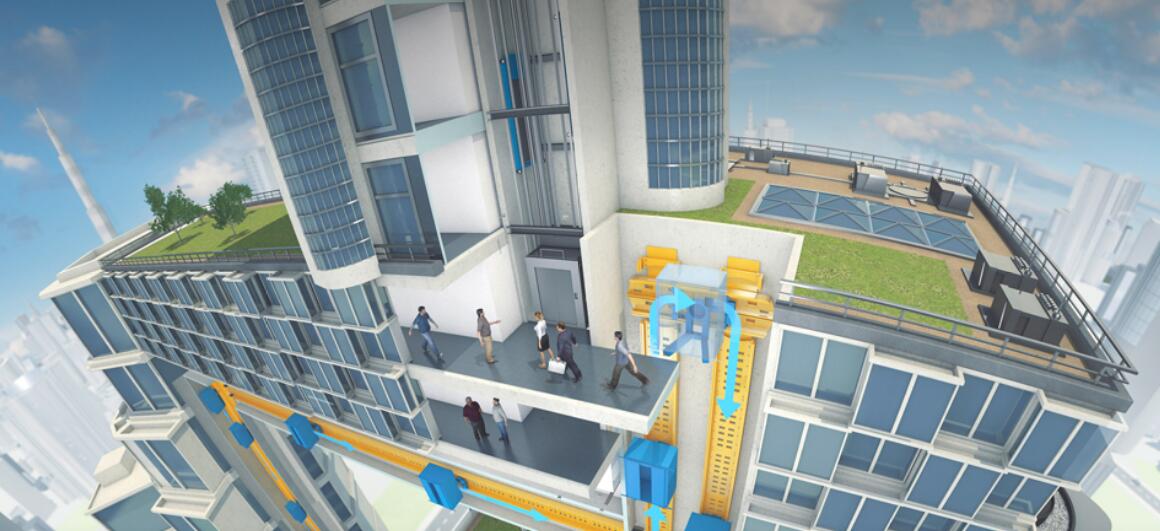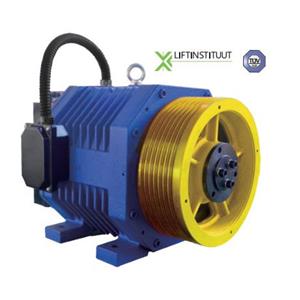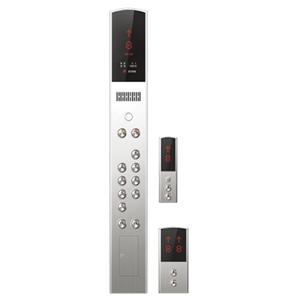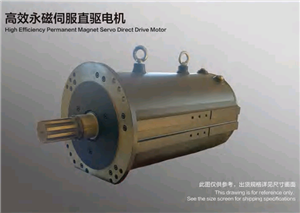First rope-free elevator system

The era of the rope-dependent elevator is now over, 160 years after its invention. Companys places linear motors in elevator cabins, transforming conventional elevator transportation in vertical metro systems. Elevator technology increases transport capacities and efficiency while reducing the elevator footprint and peak loads from the power supply in buildings. Several cabins in the same shaft moving vertically and horizontally will permit buildings to adopt different heights, shapes, and purposes. The first rope-free elevator unit will be in tests by 2019.
Using no cables at all, a multi-level brake system, and inductive power transfers from shaft to cabin, MULTI requires smaller shafts than conventional elevators, and can increase a building’s usable area by up to 25%, considering that, depending on the size of the building, current elevator-escalator footprints can occupy up to 40% of the building’s floor space. The overall increase in efficiency also translates into a lower requirement for escalators and additional elevator shafts, resulting in significant construction cost savings as well as a multiplication of rent revenues from increased usable space.
Operating on the basic premise of a circular system, such as a paternoster, MULTI consists of various cabins running in a loop at a targeted speed of 5 m/s (985fpm), enabling passengers to have near-constant access to an elevator cabin every 15 to 30 seconds, with a transfer stop every 50 metres.




